You are viewing ARCHIVED content published online before January 20, 2025. Please note that this content is NOT UPDATED, and links may not work. Additionally, any previously issued diversity, equity, inclusion or gender-related guidance on this webpage should be considered rescinded. For current information, visit https://www.blm.gov/blog.
Podcast: White Mountains National Recreation Area
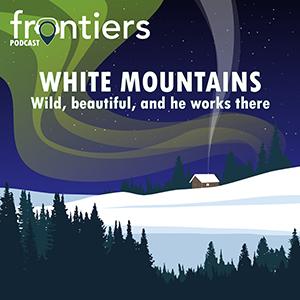
TRANSCRIPT
[Jim Hart]: Welcome to the BLM Alaska Frontiers podcast. I'm Jim Hart.
Call us biased, but we here at BLM Alaska believe this state is among the most beautiful places on earth to live and work. Stunning mountains and rivers frame wondrous, unspoiled landscapes as far as the eye can see.
People from all over the globe come to Alaska to play and recharge, even in the wintertime. Among the most beautiful places you can visit on BLM managed public lands is the White Mountains National Recreation Area, just north of Fairbanks.
If you love the outdoors, the White Mountains are an absolute playground. And if you have them as your workplace, well, some would call you the luckiest person alive.
Garrett Jones is that lucky guy. He's a recreation planner for the White Mountains National Recreation Area. Garrett, thanks for joining us. And I have to say, it does seem you have an absolute dream job. And in Alaska, of all places, how did you get so lucky?
[Garrett Jones]: Well, the dream part is, I think, very true. With any position, you know, that you're ever going to go for an education always is a benefit. And so I do have a four year degree or B.S. in outdoor recreation and environmental science.
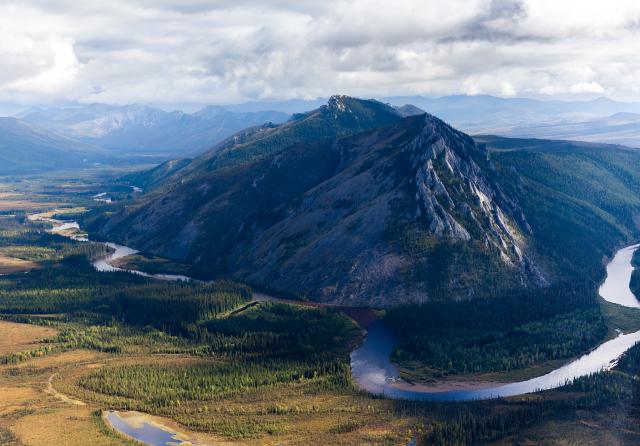
But I also have over 20 years of experience working in the outdoor industry, whether it be in the capacity of an outdoor guide, a river guide, wilderness guide and outfitter, and then also a small business owner for five years of that. Also by volunteering, you know, getting to know the right people in the right place. But then, of course, I think a lot of luck came into it, being at the right place at the right time. You know, that's really, really how it all came together.
[Jim Hart]: Of course, the White Mountains rec area is a huge responsibility.
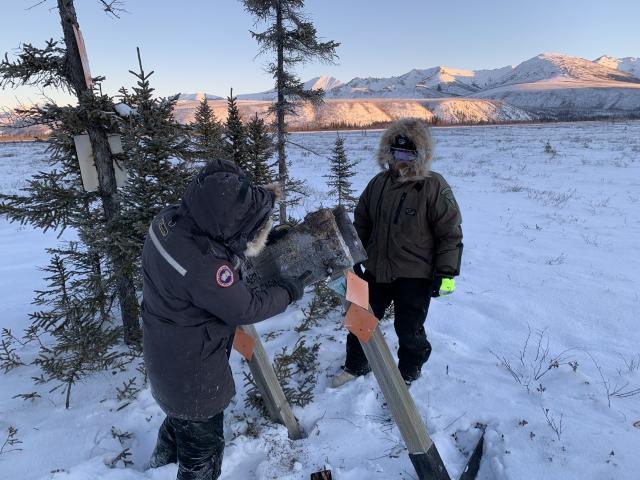
[Garrett Jones]: Yeah. To say the least, it's a huge responsibility. And I think between me and my three other co-workers, I think we like to think of it as kind of job security because there's over a million acres of it and endless numbers of trails, cabins, campgrounds. And so, the moment you think you're getting ahead, you're just as far behind as when you started.
[Jim Hart]: So what does a normal workday look like for you?
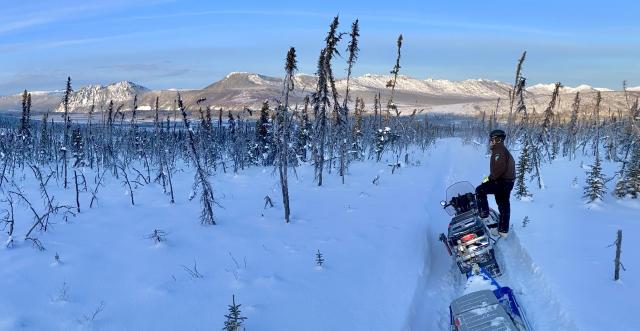
[Garrett Jones]: A normal day is very diverse, and sometimes when you come into the office, you think you're going to do one thing. And then, of course, it always is changing. In the summer, we have three campgrounds, almost 20 miles of road and 25 miles of maintained hiking trails and then many, many other off-road vehicle trails as well. So, between outhouses, the campgrounds and then the waste wayside. And then also on top of that, doing the office work with special recreation permit applications and then travel management plans. It's always different in the winter.
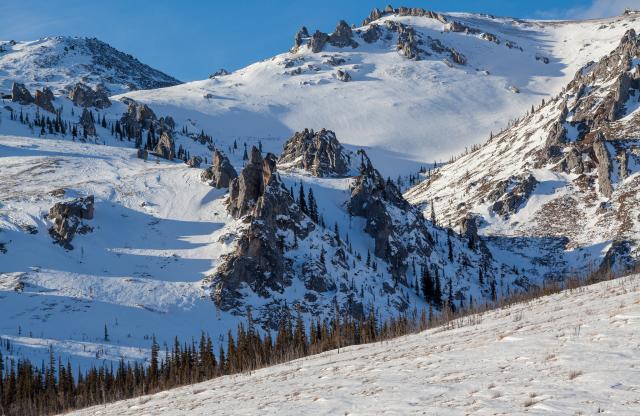
We are so busy sometimes, I can't believe it. As soon as you get out and groom one trail, which is the start of 250 miles of trails that we maintain, you realize that there's no end because by the time you have groomed everything, cut trees out of the hills, built ramps out of creeks or crossings, you realize that it snowed another six inches and you have to start all over again. But then we also have 12 cabins that are all interlinked within that trail system. And so then you are also maintaining those cabins. So, yeah, I'm never bored, nor are my co-workers.
[Jim Hart]: So between your job and your time off, you spend a lot of time in the White Mountains. Tell folks what it's like being out there.
[Garrett Jones]: The White Mountains recreation area is very diverse, being a million acres, you could imagine it has almost every kind of topography or geography between rolling tundra with tussocks to limestone peaks that have snow on them almost year-round. We have a wild and scenic river, Beaver Creek, that that flows right through the middle of it.
So it's a very diverse landscape and just a very beautiful place. One of the things that when I first got here, I thought that the White Mountains were just what we call the "front country", things you can see from a trailhead, things you can see from the from the road or from easily accessible points, which is just rolling hills with black spruce forest, which also has its own subtle beauty.
But the White Mountains also as you go deeper in, there are amazing mountains, mountain streams, and these incredible landscapes that just blow your mind. So it kind of is one of those things where as you go deeper into the White Mountains, even the better it gets. But not to say that the whole White Mountains area has subtle beauty and magnificent beauty throughout.
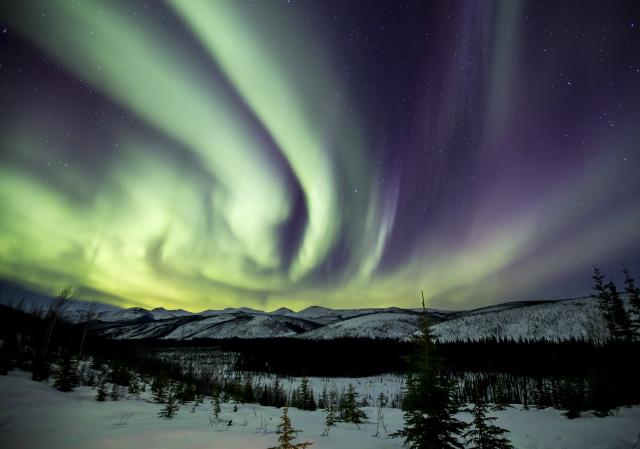
[Jim Hart]: Would you recommend people consider the White Mountains for their next adventure in Alaska?
[Garrett Jones]: I have been enjoying the White Mountains for, I think, almost 16 years, whether it be privately or professionally. So I've been there a lot. I've been to all the cabins. I've been on all the trails. And you know what? Every day I go out there, I am always blown away or amazed by what a beautiful place it is, the diversity between the landscape and what it has to offer in the winter, but also in the summer. It's an incredible place and I highly recommend people come visit the White Mountains.
[Jim Hart] I'm sure there are people listening who would love to become a BLM seasonal employee or volunteer. What do they need to do so they can get a taste of what may become their dream job?
[Garrett Jones] Yeah, so that's a really good question, because, I mean, honestly, that's how I got into the position I'm in now -- I actually started off as a seasonal. But then, I also volunteered to go through one of the winters I worked here. So to become a volunteer, the best way is probably to find out what the district office is for your area. So if you're interested in working, say, in the White Mountains, you could call our district office, which is here in Fairbanks, and ask them to speak with the volunteer coordinator, and then they'll give you all the proper paperwork and ask you all the questions and see if we can get you volunteering.
If you want to become a seasonal, that takes a little bit more work, you need to keep your eyes open on USA Jobs like any federal job. And then when the positions come up, which, you know, you could start seeing some in Alaska and in the Lower 48 about now, and then apply for them. And then hopefully you're lucky enough to get a position.
[Jim Hart]: Well, Garrett, thanks so much for joining us. And I look forward to more talks about the White Mountains and other adventures.
[Garrett Jones]: Great. Jim, thank you so much for having me. And I look forward to seeing all these people out there in the White Mountains.
[Jim Hart]: That concludes this Frontier's podcast. Make sure you check out the BLM website for more information about how to become a seasonal employee or volunteer. We'll also place links in the transcript for this program. The Frontiers podcast is a production of the BLM Alaska Office of Communications.

James Hart, Public Affairs Specialist
